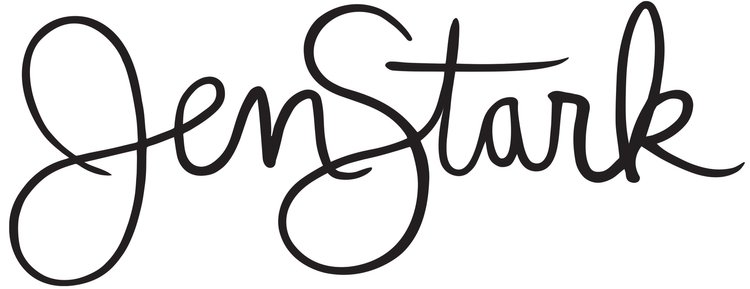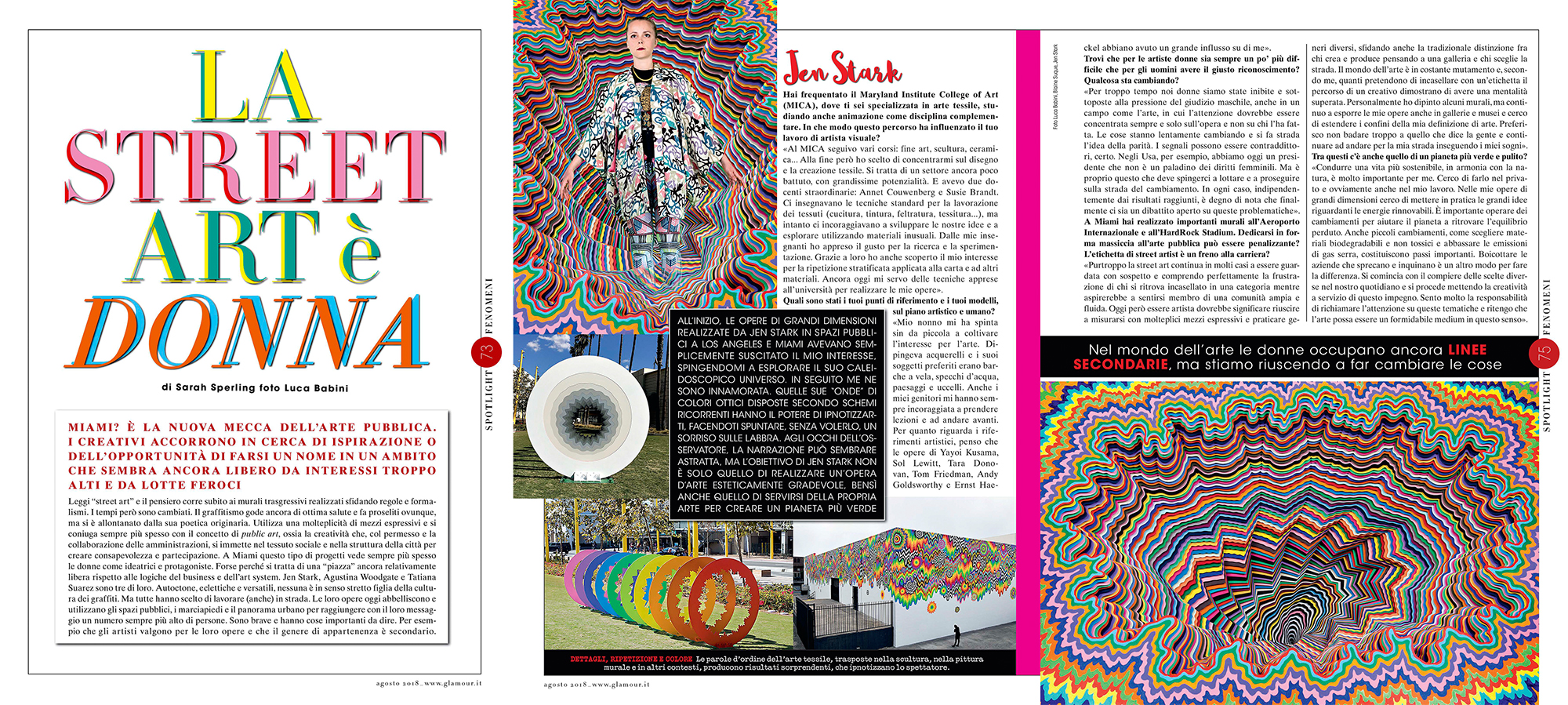New article in Glamour Italia featuring Miami artists:
As Miami rapidly grows into the new mecca for public arts, creatives are beginning to flock for inspiration and a chance to be recognized in a community without much competition. When you hear the words "street art," typically one thing comes to mind: illegal graffiti, however we are living in a new age, a new reign of public artists and activists. While the act of graffiti is still very much alive and well throughout the world, there is a very significant difference for visual artists who utilize the streets and public spaces to share their messages of beauty and hope for a better society.
All three of these born and bread Miami visual artists work within multiple mediums including public walls, but not one of them derived from graffiti culture. However, their work crosses paths in the streets and throughout the world beautifying our public spaces, sidewalks and skylines.
Statistically speaking, women creatives have been forced to work double as hard as any male artist to hopefully get the same recognition. With that said, our time is now, our time is here and we have very important conversations to ignite with art, it's only the beginning of this revolution. In the future there will be no "female artists," there will just be artists.
Initially Jen Stark's large scale work public spaces in Los Angeles and Miami drew me to her, and to discover her kaleidoscope universe, but then I fell in love Her use of optical color waves in memorizing patterns has the ability to hypnotize you while unintentionally leaving a smile on your face. The narrative may seem abstract to the viewer but her intention is not only to make beautiful pieces of art but also use her art to create a greener planet.
Q & A:
You went to art school in Maryland at Maryland Institute College of Art (MICA), where you majored in Fibers and minored in Animation. How did your studies there influence your practice as a visual artist?
After graduating high school in 2001 I decided to attend MICA in Baltimore. I took classes in many different departments (General Fine Arts, Sculpture, Ceramics, etc) but eventually settled on Fibers because it was such an open major and had amazing professors like: Annet Couwenberg and Susie Brandt. We were taught many different standard techniques in Fibers (like sewing, dyeing, felting, weaving, etc) but were encouraged to experiment with whatever concepts and materials we were interested in. Most Fibers majors shared a love of repetition and detail oriented work. It was a very open major and I loved that about it, since I could explore any theme and medium I wanted. It helped me discover and refine my love of layered repetition with paper and other materials. I still use the techniques I learned in college to create my work today.
Many female artists across the world are only just receiving their recognition. How do you feel about this shift in attitude?
I think the time is finally here for women to be seen as equals all around the world. We have been unfairly suppressed and judged for far too long. I think electing a president that is so misogynistic was a huge shock and outrage for many of us, but it is shining light on these realities and forcing us to face them and be inspired to create change. In the art world, women artists are constantly under represented. I think we still have a long road ahead of us, but it is slowly beginning to change. It's great that these issues are finally getting some light.
Have you had many role models in your professional career?
Many of my teachers and family members have been important role models for me. My grandpa helped fueled my passion for art. He was a watercolor painter, who liked to paint things like sailboats, the everglades, landscapes and birds. My parents also nurtured that creative side of me, and put me in art classes throughout my whole life. I'm inspired by the artwork of Yayoi Kusama, Sol Lewitt, Tara Donovan, Tom Friedman, Andy Goldsworthy and Ernst Haeckel among others.
You have commonly, but selectively, worked in highly public places, like the Miami International Airport and at Miami’s Hardrock Stadium. What are a few of the misconceptions about being a visual artist, who occasionally works on walls? And do you feel as though being incorrectly classified as a “street artist” can actually hinder your fine art career?
I think being an artist in today's world means working in many different mediums, genres and challenging the idea of a conventional gallery artist or street artist. Being a 'street artist' in the art world has a stigma attached to it. I feel like some artists get pigeon-holed into this one category and it somehow feels tainted in the art world. I've painted some outdoor murals, but I've also shown my work in galleries & museums and try to push the boundaries on the definition of art. The art world is constantly changing and evolving, and I feel the people who create 'rules' on an artists career path have a dated way of thinking. I try not to concern myself too much with what people say, and just keep moving forward in my own way and pursuing my dreams.
I know that creating a more sustainable and greener planet is a very important characteristic in your artistic practice. Do you have any advice for other artists on how they can incorporate this into their work, and how even the smallest change can create a large impact as an artist?
Living a more sustainable life and being in harmony with nature is very important to me. I try to do this both in both my personal and professional life. I'm trying to bring some big renewable energy ideas to fruition in my large scale artwork. Its important we make changes now to help our environment and the planet stay healthy. Even small changes, like trying to choose more biodegradable, non-toxic materials and lowering our carbon footprint will be important steps. Not supporting wasteful and toxic companies is another way to make a difference. It begins with changes in our personal lives, and I feel it is an artists responsibility to bring awareness to these issues.

